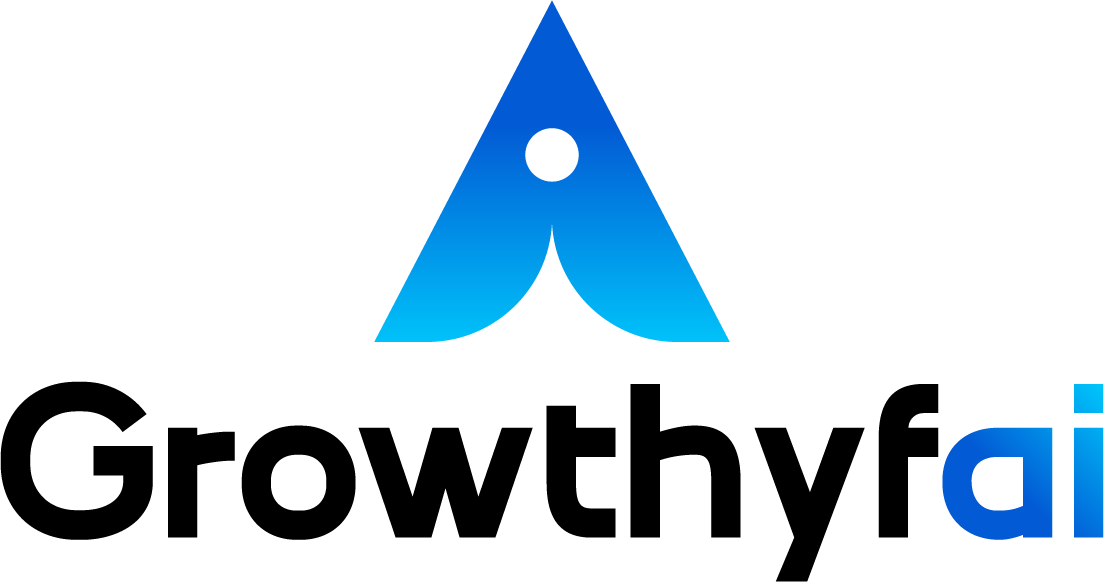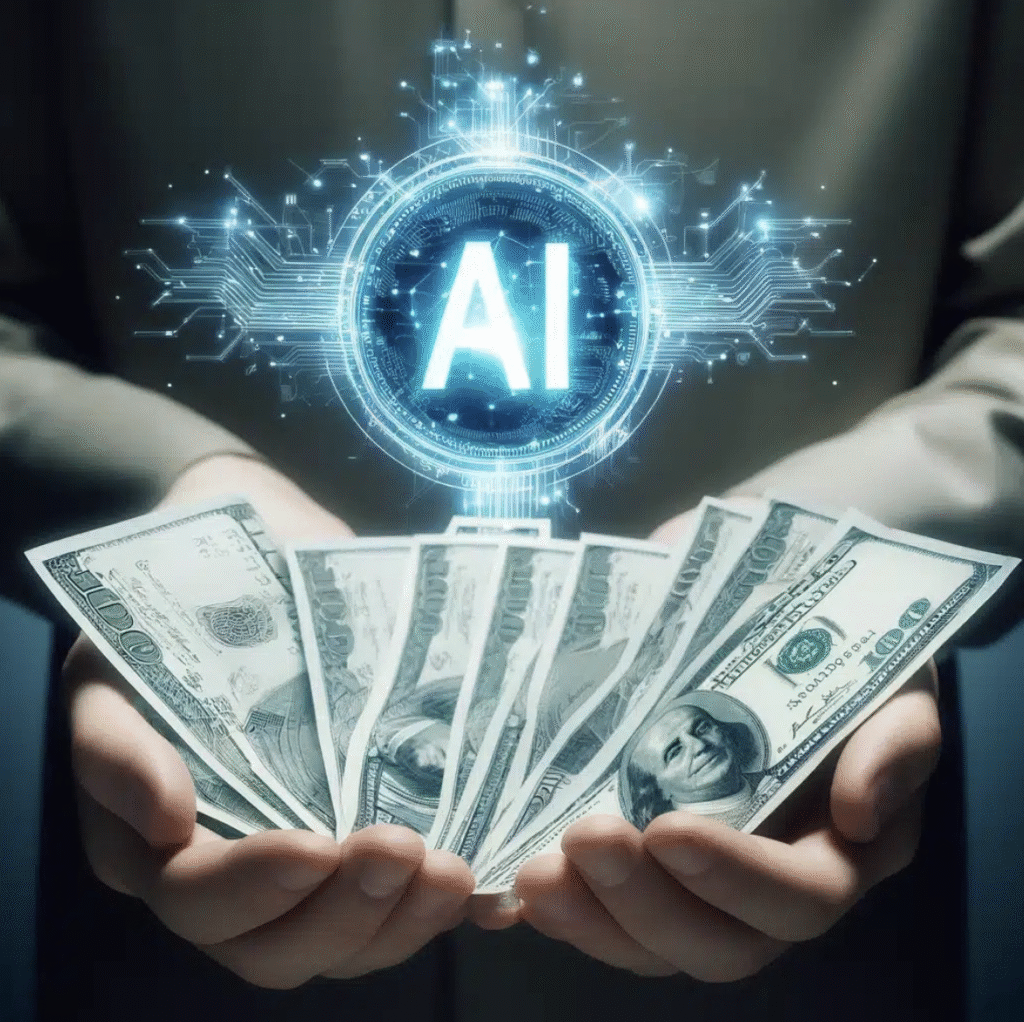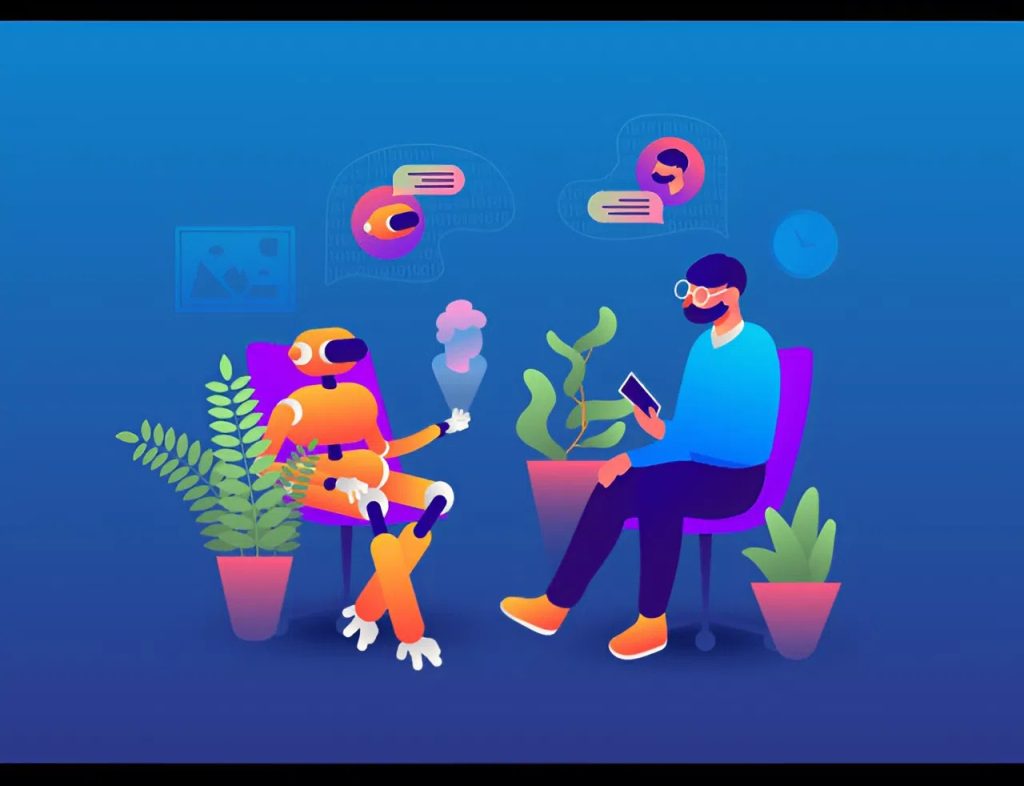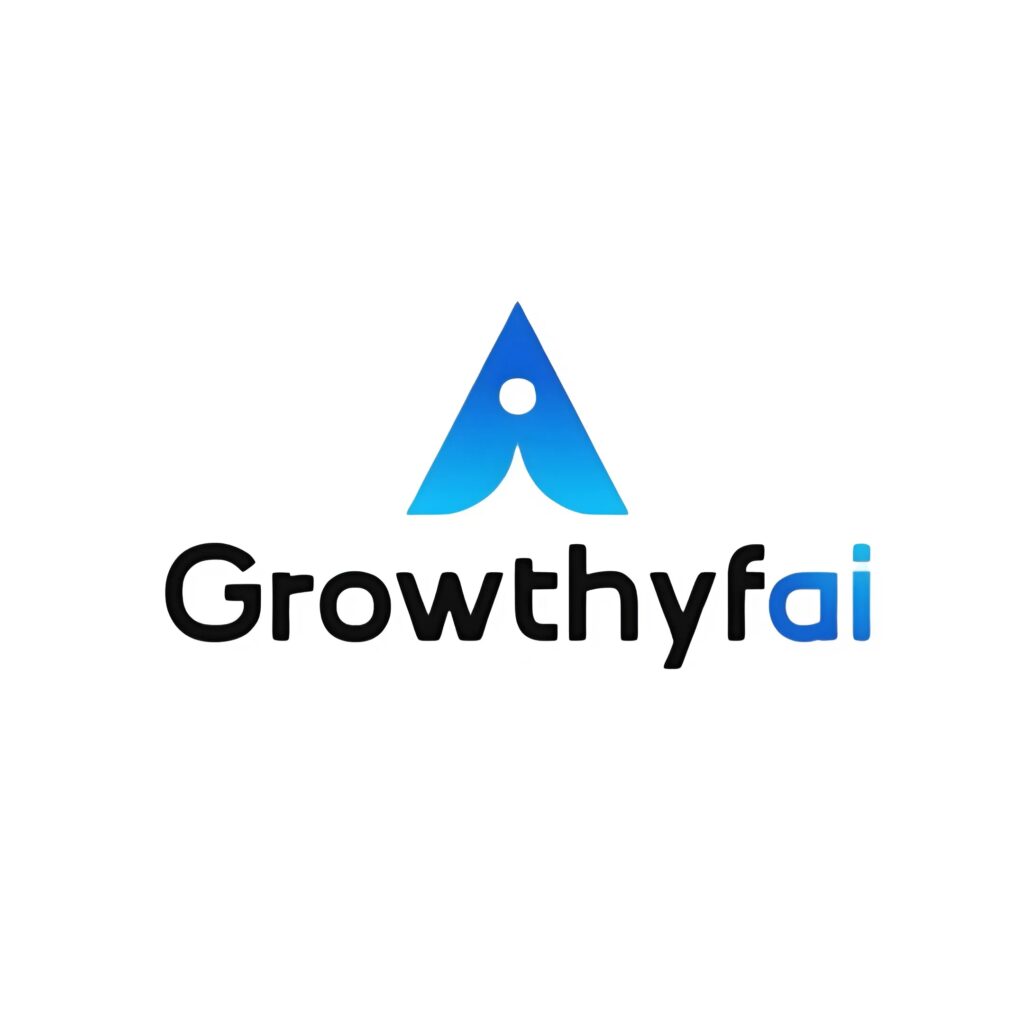Revolutionary AI System Predicts Disease Outbreaks Months in Advance

AI News: Revolutionary AI System Predicts Disease Outbreaks Months in Advance
Artificial intelligence continues to push the boundaries in various fields, but perhaps none more so than in healthcare. With the constant threat of disease outbreaks, from seasonal flu to pandemics of global proportions, the need for faster, more accurate predictive systems has never been more critical. Enter the revolutionary AI technology capable of forecasting disease outbreaks months in advance. This groundbreaking development is poised to transform how we handle public health crises, offering unprecedented insights and preparedness.
—
The Current Landscape of Disease Prediction
Disease prediction has always been a challenging endeavor. Traditional methods rely heavily on historical data, statistical models, and human expertise to forecast disease patterns and outbreaks. These methods, while effective to an extent, often lack the precision and scope necessary to anticipate the complexities of global health threats. Factors such as climate change, urbanization, and increased global travel further complicate the prediction models, underscoring the need for more sophisticated solutions.
AI technology is stepping in to fill these gaps, utilizing its capacity for data analysis and pattern recognition. By processing vast datasets at remarkable speeds, AI systems can identify potential outbreaks well ahead of time, providing invaluable time for preparation and response. This capability highlights the potential of AI to redefine disease prediction and management.
—
How AI Predicts Disease Outbreaks
AI systems designed for disease prediction integrate various advanced technologies. Machine learning algorithms, for instance, are central to this process. These algorithms can analyze diverse data sources, such as climate data, epidemiological reports, and social media trends, to identify patterns indicative of an impending outbreak.
One defining feature of AI’s predictive ability is its reliance on real-time data. Unlike traditional methods that may take weeks or months to compile and analyze data, AI can process real-time data streams quickly. This enables a more dynamic and timely response to potential health threats.
Deep learning, another subset of AI, can further enhance prediction accuracy by incorporating complex variables that might otherwise be overlooked. This includes details like minor shifts in animal populations (which can be early indicators of zoonotic diseases), genetic variations in pathogens, and even subtle changes in human behavior.
—
Real-Life Examples and Case Studies
AI technologies for predicting disease outbreaks are no longer speculative; they are actively being implemented in various case studies across the globe. One notable example is BlueDot, a Canadian tech company that successfully predicted the COVID-19 outbreak even before it was widely recognized as a significant threat. By analyzing data from news reports and airline ticketing information, BlueDot’s AI system identified the potential spread of the virus weeks ahead of international health organizations.
In another instance, researchers used AI to predict the outbreak of Dengue fever in Malaysia. By incorporating data on weather patterns, incidence rates, and population density into their models, AI tools were able to predict outbreaks up to three months in advance, offering critical lead time for local health authorities to prepare.
These cases illustrate the transformative power of AI in identifying disease outbreaks earlier than traditional surveillance methods, proving vital for proactive public health measures and resource allocation.
—
The Ethical and Practical Challenges
While the benefits of AI in predicting disease outbreaks are clear, the deployment of such systems comes with its share of challenges. Data privacy is a significant concern, as AI systems require access to extensive personal and geographical data. Ensuring that this data is used ethically and securely is paramount to maintaining public trust.
Moreover, implementing AI technology in disease prediction involves navigating complex regulatory environments and ensuring that AI systems are transparent and explainable. Stakeholders must understand the models and trust the insights AI provides to act promptly and effectively.
Finally, there is the challenge of infrastructure. In regions where disease prediction is most needed, particularly low-resource settings, implementing advanced AI technologies can be challenging due to limited technical infrastructure and expertise.
—
The Road Ahead for AI in Disease Prediction
Despite these challenges, the future of AI in predicting disease outbreaks looks promising. Researchers and technologists are continually working to refine AI algorithms, making them more accurate and adaptable to diverse contexts. Collaborative efforts among governments, healthcare providers, and tech companies are essential to scaling these technologies beyond pilot projects, ensuring they can be deployed globally.
Incorporating AI into the broader healthcare ecosystem could lead to a paradigm shift in managing public health. Not only would AI systems improve outbreak predictions, but they could also aid in vaccine distribution, resource allocation, and identifying vulnerable populations.
—
Conclusion
AI’s ability to predict disease outbreaks months in advance represents a groundbreaking advancement in the healthcare industry. By harnessing the power of machine learning and real-time data analysis, AI offers a proactive tool for global health management. While ethical, practical, and infrastructural challenges remain, the potential benefits of these systems far outweigh the hurdles. As AI continues to evolve, its integration into the public health sector will be crucial in protecting populations from future outbreaks and ensuring a healthier world.
The development of this technology marks a new era in infectious disease management, demonstrating the transformative potential of AI to foresee and forestall public health crises. The world, now more interconnected and susceptible than ever, stands to gain immensely from these predictive capabilities, heralding a new dawn for global health security.
—






